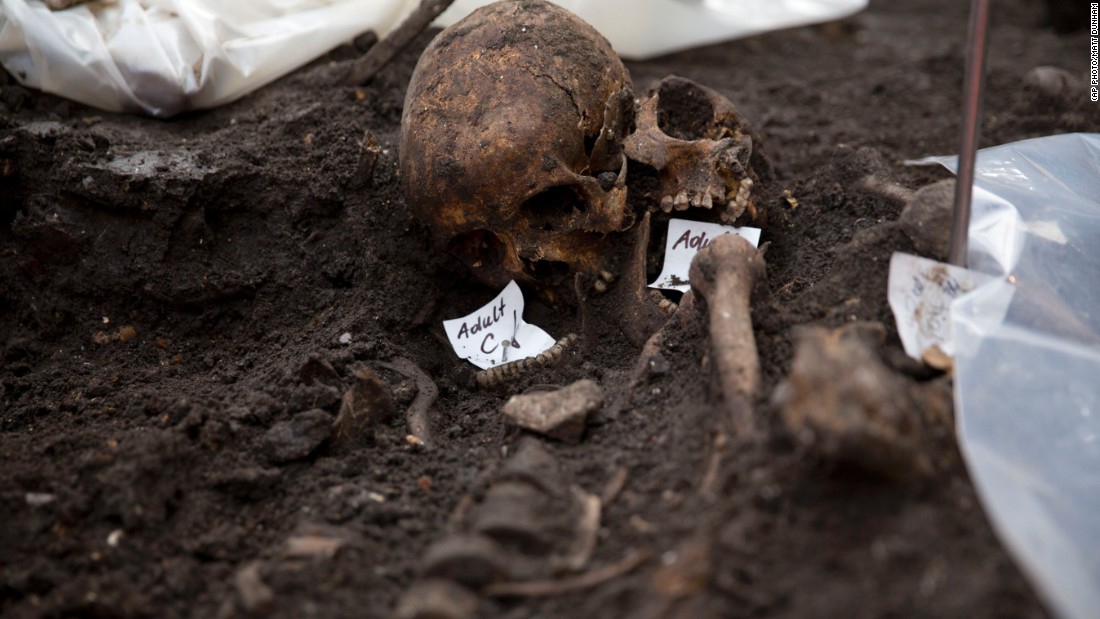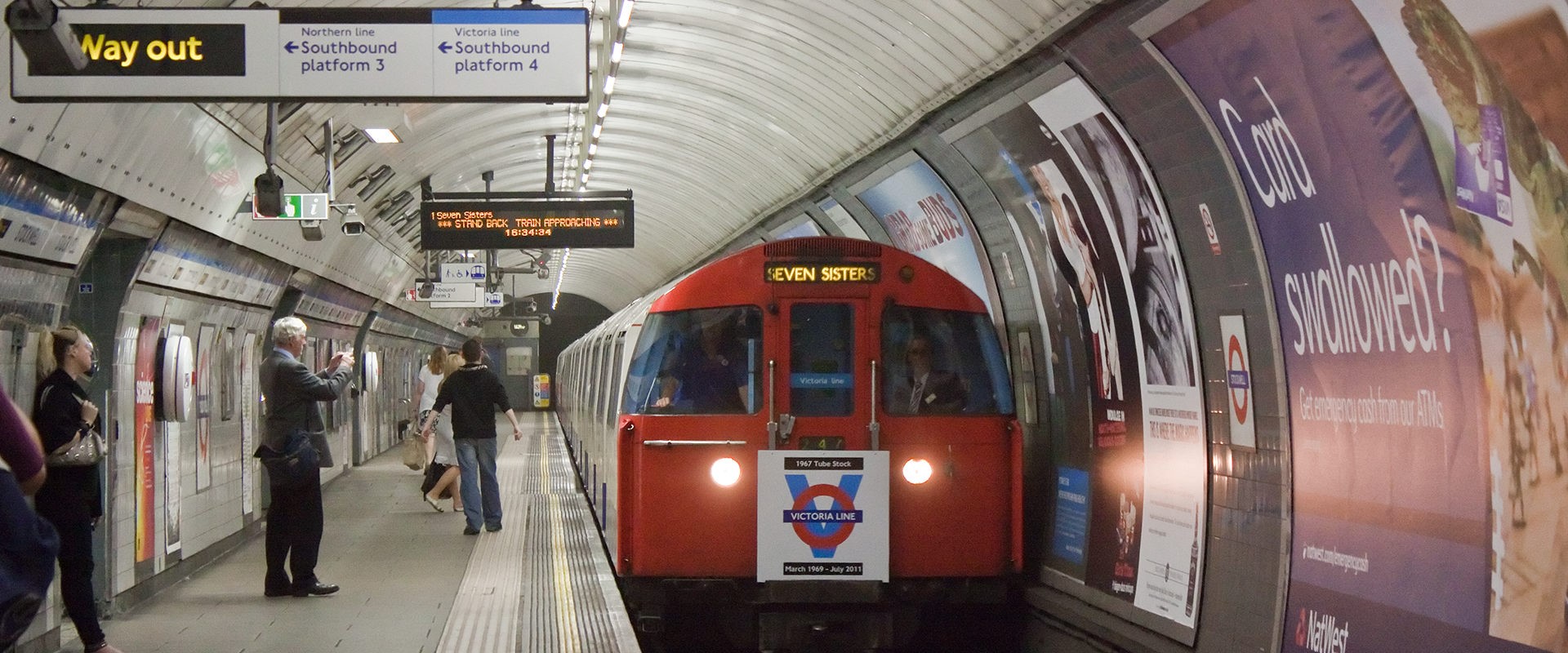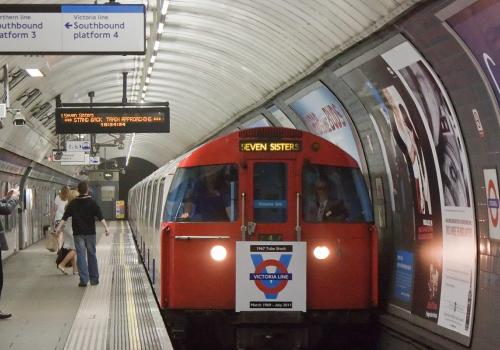Preliminary excavations conducted at Liverpool Street had already revealed more than 400 skeletons. Scholars speculate that the 3 thousand skeletons now are, in large part, the remains of the great plague that caused the death of more than a fifth of the entire population of London between 1665 and 1666. Although the documents from the time do not allow for exact calculations (the deaths of the poor were not being registered), it is estimated that the epidemic claimed between 75 thousand and 100 thousand victims. The infection subsided in conjunction with the Great Fire of London, which destroyed a large portion of the city in September 1666.
RACE AGAINST TIME:
Nick Elsden, project manager of the MOLA, said that the Bedlam cemetery is an opportunity to shed light “on a stage of the fascinating history of the city, covering the transition from the Tudor period to modern and cosmopolitan London.”
There is a team of 60 archaeologists working on the site. They have 6 weeks to excavate all the skeletons and document all their findings, since the construction of the railway line cannot wait for too long. Before being reinterred in another cemetery, the remains will be analyzed, with the dual objective of obtaining evidence on the bacterial strain which caused the epidemic and to find out more about demographic details, such as the diet and lifestyle of Londoners during this

THE GREAT PLAGUE - London Metro Skeletons
 March 17, 2017
London
March 17, 2017
London






